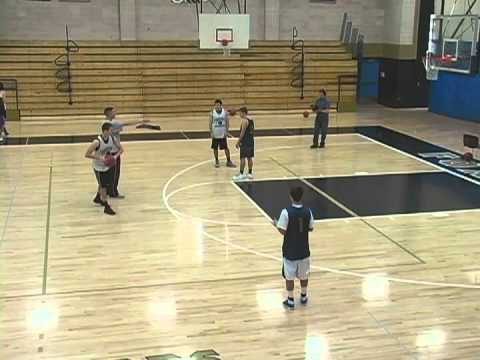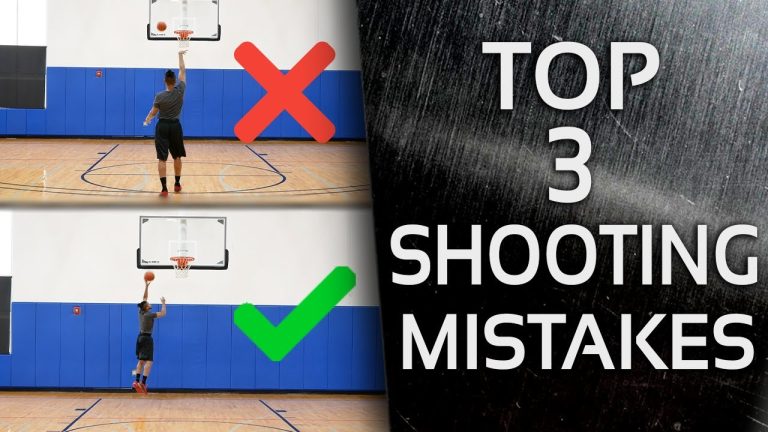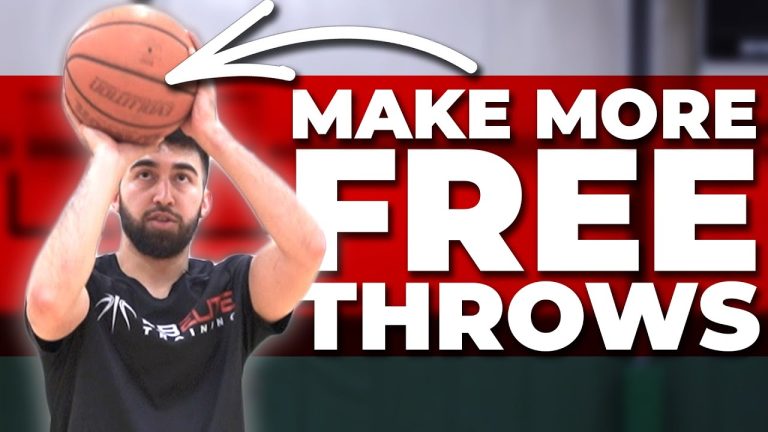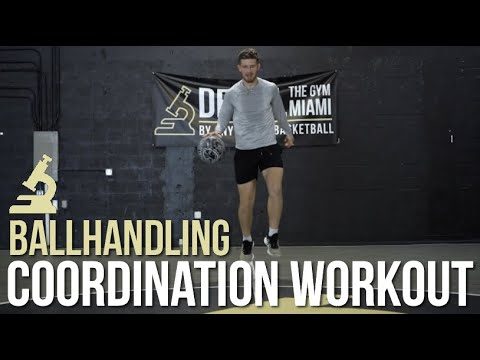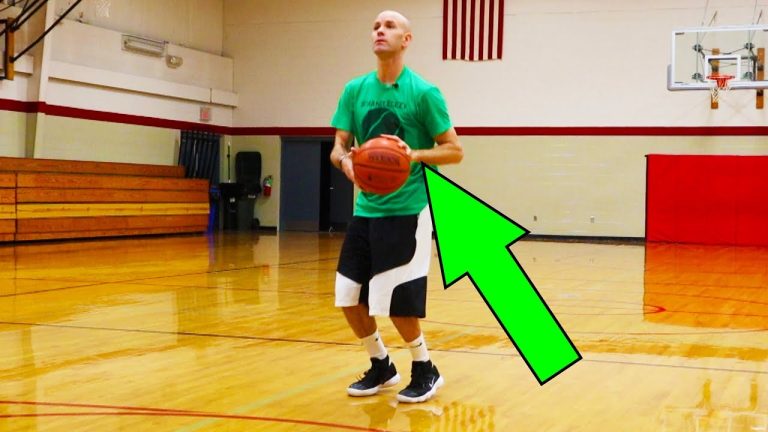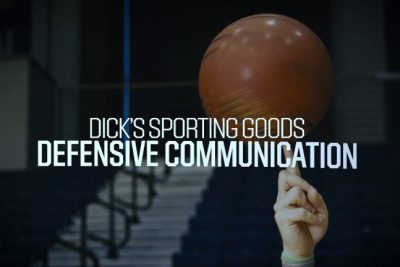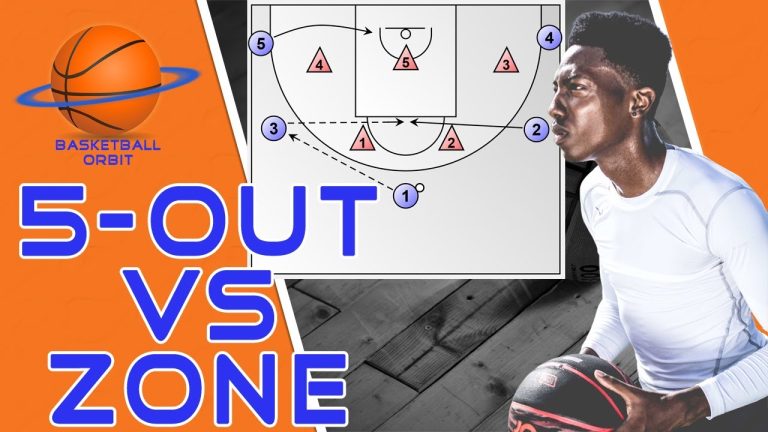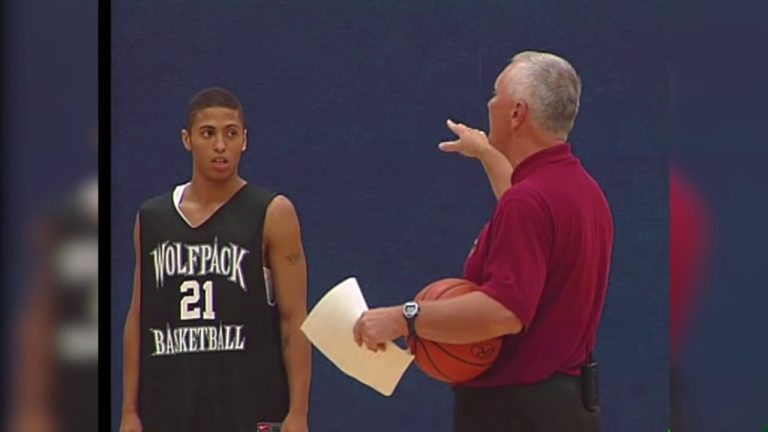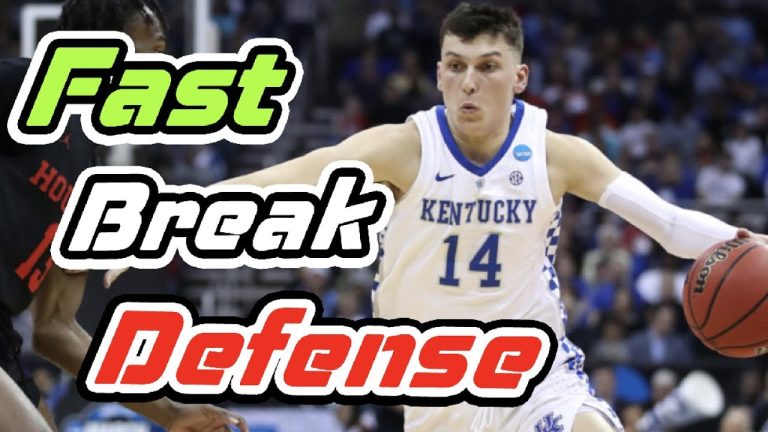In the fast-paced world of sports, effective communication on defense is a crucial element for any team’s success. When players are able to seamlessly convey information and coordinate their movements, they become an impenetrable force on the court or field. Whether it’s through strategic hand signals, vocal commands, or simply understanding each other’s instincts, the ability to communicate efficiently on defense can make all the difference between victory and defeat. In this article, we will explore the importance of effective communication in defensive play and delve into the strategies and techniques that can elevate a team’s defensive prowess. Get ready to unlock the secrets of airtight defense through the power of effective communication.
Advantages
- Improved coordination: Communicating on defense allows players to quickly relay information about offensive strategies, positioning, and potential threats. This coordination enhances the team’s ability to defend effectively and make quick decisions during gameplay.
- Better awareness: By communicating on defense, players can constantly update their teammates about the location of opponents, potential passing lanes, and potential threats. This increased awareness helps the team anticipate offensive plays and react accordingly.
- Efficient switches: Effective communication on defense enables players to seamlessly switch defensive assignments as required during gameplay. By communicating their intentions, players can execute switches without leaving any gaps in coverage, minimizing scoring opportunities for the opposing team.
- Enhanced help defense: Communication on defense allows players to inform their teammates about the need for help or assistance during gameplay. This enables the team to provide timely support to players guarding strong offensive threats, reducing the likelihood of easy scoring opportunities.
- Improved team chemistry: Regular communication on defense fosters a sense of unity and trust among team members. It creates an environment where players are more likely to rely on each other, leading to improved teamwork, coordinated defensive efforts, and ultimately, a stronger defense overall.
Disadvantages
- Misinterpretation: When communicating on defense, there is always a risk of misinterpretation. This can occur due to poor articulation, background noise, or language barriers. Misunderstandings can lead to confusion and mistakes on the defensive end, compromising the effectiveness of the team’s strategy.
- Delayed response: Effective communication on defense requires quick responses and reactions to the actions of the opposing team. However, communication breakdowns can result in delayed responses, leaving defenders out of position and vulnerable to offensive attacks. This delay can give the opposition an advantage and increase the likelihood of conceding goals or points.
- Distractions: In team sports, communication on defense often takes place amidst a chaotic and noisy environment. With players, coaches, and spectators generating noise, it can be challenging to focus on important defensive instructions. Distractions can hinder the ability to receive and process information accurately, leading to missed assignments or defensive breakdowns.
- Lack of communication: While effective communication is vital on defense, there can be instances where it breaks down entirely. This may occur due to a lack of coordination, poor team chemistry, or individual players not taking responsibility for their communication roles. When communication is lacking, defensive players may be unaware of their teammates’ actions and intentions, leaving gaps in the defense and making it easier for the opposition to exploit.
How is communication conducted on defense?
Effective communication is key when it comes to talking on defense. To make sure your teammate is fully informed, it is important to provide them with as much information as possible, early on and in a loud and continuous manner. Simply shouting “Screen! Screen! Screen!” is not sufficient.
What does the term defensive communication mean?
Defensive communication refers to a reactive behavior displayed by individuals within various contexts, such as relationships, work environments, and social groups, when they perceive a flaw within themselves or perceive a threat from outsiders. This communicative behavior often manifests as a defensive response, aimed at protecting one’s self-image or maintaining a sense of security. Whether it involves deflecting criticism, denying responsibility, or even attacking others, defensive communication can hinder effective dialogue and understanding, making it crucial to foster environments that encourage open and non-defensive communication.
How can one improve their communication skills in basketball?
Effective communication is crucial in basketball, and there are several strategies to improve it. Firstly, it is important to emphasize the different channels of communication available. Players should be reminded that they can communicate verbally, visually through eye contact, and physically through touching and pointing. By utilizing these various methods, players can effectively convey their intentions and coordinate their movements on the court.
Furthermore, the quality of communication is equally important. Encouraging players to be specific in their communication ensures that their messages are clear and concise. Instead of vague instructions, such as “pass the ball,” players should provide specific directions, like “pass to the open player on the left wing.” Additionally, fostering a positive communication environment is essential. Players should focus on highlighting what can be done rather than dwelling on mistakes, as this promotes a solution-focused mindset.
In summary, enhancing communication skills in basketball requires a multi-faceted approach. By reminding players of the various communication channels available and encouraging them to be specific, positive, and solution-focused, teams can enhance their coordination and overall performance on the court.
Mastering the Art: Proven Strategies for Effective Defensive Communication
Mastering the Art: Proven Strategies for Effective Defensive Communication
Paragraph 1:
In the realm of effective defensive communication, choosing the right words can make all the difference. It is crucial to select language that is assertive yet non-confrontational, allowing you to express your thoughts clearly without escalating the situation. By using concise and respectful language, you can maintain control of the conversation and navigate through conflicts with ease.
Paragraph 2:
Another key strategy for mastering defensive communication is active listening. Truly hearing what the other person is saying, without interrupting or assuming their intentions, fosters a more constructive dialogue. By demonstrating empathy and understanding, you can defuse tension and establish a foundation for resolving conflicts. Engaging in active listening also helps in identifying the underlying concerns and addressing them effectively.
Paragraph 3:
Non-verbal cues play a significant role in defensive communication. Maintaining open body language, such as facing the person directly and making eye contact, shows that you are fully present and receptive to their message. Additionally, using appropriate facial expressions and gestures can convey your genuine interest in understanding their perspective. These non-verbal signals create an atmosphere of trust and respect, enhancing the overall effectiveness of your defensive communication skills.
Note: The paragraphs above aim to provide concise and coherent information on effective defensive communication strategies while adhering to the given subtitle.
Unlocking Success: The Power of Effective Defensive Communication
Unlocking Success: The Power of Effective Defensive Communication
In today’s fast-paced and competitive world, effective defensive communication has become a crucial skill for achieving success. It is not enough to simply communicate; one must also be able to defend their ideas and opinions in a clear and persuasive manner. By mastering this skill, individuals can unlock a world of opportunities and ensure their voices are heard amidst the noise.
One key aspect of effective defensive communication is the ability to remain calm and composed, even in the face of criticism or opposition. It is natural to feel defensive when our ideas are challenged, but reacting emotionally can hinder our ability to communicate effectively. By taking a deep breath and approaching the situation with a cool and collected mindset, we can respond thoughtfully and assertively, thereby increasing the chances of our message being understood and respected.
Another vital element of effective defensive communication is active listening. It is not enough to simply state our own viewpoints; we must also be willing to listen and understand the perspectives of others. By actively engaging in dialogue and seeking to find common ground, we can build bridges of understanding and foster collaboration. This not only strengthens our own arguments but also enhances our overall communication skills, making us more effective and influential in our personal and professional lives.
In conclusion, unlocking success through effective defensive communication is a powerful tool in today’s world. By remaining calm and composed, actively listening, and engaging in thoughtful dialogue, individuals can defend their ideas and opinions in a way that is persuasive, respected, and ultimately leads to success. So, let us harness the power of effective defensive communication and pave the way for a brighter future.
Communication Secrets: Elevating Your Defensive Skills for Success
Communication is the cornerstone of success, and mastering defensive skills is the key to effective communication. By understanding the power of active listening, we can elevate our defensive skills to new heights. Actively listening means not just hearing the words being spoken, but also paying attention to non-verbal cues and emotions. It involves empathizing with the speaker, acknowledging their perspective, and responding thoughtfully. When we actively listen, we create an environment of trust and understanding, fostering better relationships and achieving greater success in all areas of life. So, let’s unlock the secrets of communication and elevate our defensive skills for the success we deserve.
From Conflict to Connection: Strategies for Effective Defensive Communication
From Conflict to Connection: Strategies for Effective Defensive Communication
Paragraph 1:
Effective communication is the key to building strong relationships and resolving conflicts. However, defensive communication can hinder this process, leading to further misunderstandings and escalating conflicts. To overcome this barrier, it is crucial to adopt strategies that promote connection rather than defensiveness. By actively listening and showing empathy towards others’ perspectives, we can create an environment where open and honest communication can thrive.
Paragraph 2:
One strategy for effective defensive communication is reframing negative statements into more positive and constructive language. Instead of becoming defensive when faced with criticism or complaints, we can choose to reframe the situation by acknowledging the other person’s concerns and seeking common ground. By doing so, we shift the focus from blame to problem-solving, fostering a sense of connection and collaboration.
Paragraph 3:
Another important aspect of effective defensive communication is being mindful of our nonverbal cues. Nonverbal communication, such as body language and facial expressions, can sometimes convey defensiveness or hostility unintentionally. To prevent this, it is essential to cultivate self-awareness and practice nonverbal cues that are open, receptive, and welcoming. Maintaining eye contact, nodding to show understanding, and avoiding defensive gestures can help create a safe space for open dialogue and understanding.
In conclusion, by implementing strategies that promote effective defensive communication, we can transform conflicts into opportunities for connection and growth. By actively listening, reframing negative statements, and being mindful of nonverbal cues, we can overcome defensiveness and create an environment conducive to open and honest communication.
In a game where split-second decisions can make or break a team’s success, effective communication on defense is undeniably crucial. By maintaining open lines of communication, players can seamlessly coordinate their movements, anticipate opponents’ plays, and ultimately secure victory. Whether it’s through verbal cues, hand signals, or a simple glance, the ability to communicate effectively can truly be the difference between a solid defensive line and a championship-winning team. So, next time you step onto the court or field, remember that effective communication is not just a bonus – it’s an essential skill that can elevate your team to new heights.

